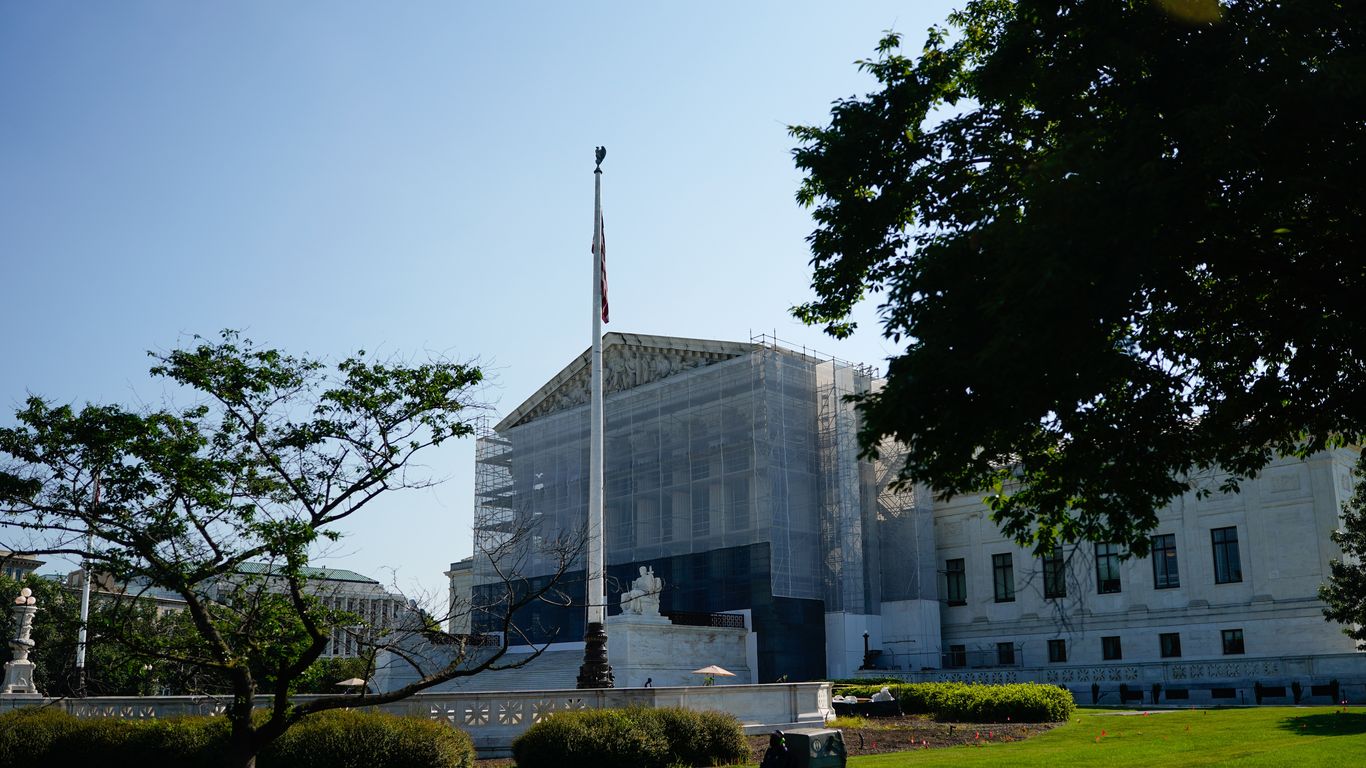Pope Leo XIV Critiques Economic Inequality and Champions Social Justice
Pope Leo XIV’s Bold Critique of Economic Inequality
Pope Leo XIV has condemned modern economies that allow the wealthy to remain isolated in “bubbles of comfort and luxury” while the poor endure hardship and exclusion. Echoing Pope Francis, Leo XIV emphasizes that true Christian duty involves more than prayer—it requires active solidarity with marginalized groups, including immigrants, the incarcerated, and victims of exploitation. His recent document highlights the Church’s mission to accompany those suffering and to challenge economic systems that neglect spiritual and material care for the poor.
A Call for Social and Environmental Justice
Leo XIV connects social justice with ecological responsibility, urging the global community to care for both the earth and vulnerable populations. He praises initiatives inspired by Francis’ encyclical Laudato Si’, advocating for integral ecology as a path toward peace and justice. His vision includes building bridges rather than walls, fostering dialogue, and recognizing Christ in every marginalized person.
Continuing the Tradition of Catholic Social Teaching
By choosing the name Leo, the pope aligns himself with a legacy of social justice that dates back to Leo XIII’s Rerum Novarum. Pope Leo XIV’s leadership signals a renewed commitment to addressing systemic inequality and promoting a Church that is inclusive, compassionate, and actively engaged in the world’s pressing social issues.
About the People Mentioned
Pope Leo XIV
Pope Leo XIV, born Robert Francis Prevost on September 14, 1955, in the Chicago area, is the 267th Pope of the Catholic Church. He was elected on May 8, 2025, marking a significant moment as the first American and first Peruvian pope. His background is deeply rooted in the Order of St. Augustine, which he joined after graduating from Villanova University in 1977. He professed his solemn vows in 1981 and was ordained a priest in 1982. Pope Leo XIV holds a licentiate and doctorate in canon law from the Pontifical University of St. Thomas Aquinas in Rome. He has extensive experience in missionary work, particularly in Peru, where he served in various roles, including as the judicial vicar of the Archdiocese of Trujillo and as a professor of canon, patristic, and moral law at the San Carlos e San Marcelo Major Seminary. His leadership roles expanded when he was elected to oversee his order's province and later the worldwide Order of St. Augustine for 12 years. In 2014, Pope Francis appointed him to lead the Diocese of Chiclayo, Peru, a position he held for nine years. In 2023, he was created a cardinal by Pope Francis and appointed Prefect of the Dicastery for Bishops. This role involved overseeing the appointments of bishops worldwide. Pope Leo XIV's current relevance lies in his unique blend of American and Peruvian heritage, which brings a global perspective to the papacy. His election has been seen as a milestone in the Church's history, marking a new era of leadership shaped by his missionary experience and theological background.
About the Organizations Mentioned
the Church
The Church, particularly in the context of Christian denominations, is a complex organization with a rich history and diverse structures. Here's a comprehensive overview focusing on the Church of Jesus Christ of Latter-day Saints (LDS Church) and general Christian Church structures: ## Organization and Structure - **LDS Church**: The LDS Church is led by a hierarchical structure, with 15 apostles at the top. The First Presidency, consisting of the president and two counselors, is the highest governing body. The Quorum of the Twelve Apostles supports the First Presidency. Local congregations are managed by bishops, with groups of congregations forming stakes led by stake presidents[1]. - **Christian Church (Disciples of Christ)**: This denomination operates under a covenantal model where congregations are connected through shared missions and financial support. The General Assembly serves as a governing body, ensuring accountability among regions and ministries[2]. ## History and Key Achievements - **History**: The early Christian Church was simple, with leaders like apostles, prophets, elders, and deacons. Modern churches have evolved to include more structured governance[3][4]. - **Achievements**: The Church has played a significant role in education, healthcare, and social welfare. For example, the LDS Church has extensive humanitarian programs and educational institutions[1]. ## Current Status and Notable Aspects - **Current Status**: Churches continue to evolve in response to societal changes, adopting new organizational models to enhance efficiency and outreach[6][9]. - **Notable Aspects**: The Church's ability to adapt while maintaining core values is a testament to its resilience. Technological advancements have also been integrated into church operations, enhancing communication and outreach[7][8]. In summary, the Church is a multifaceted organization with a strong focus on community, leadership, and societal impact. Its adaptability and commitment to its core mission have allowed it to thrive in diverse contexts. While not typically considered a business or technology organization,





